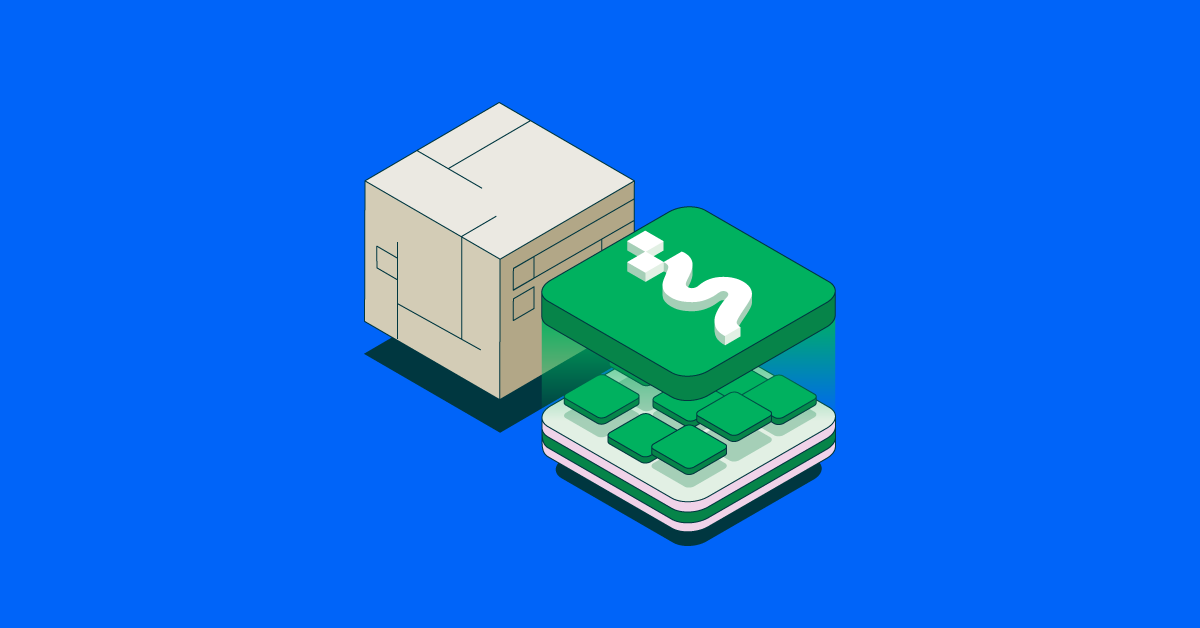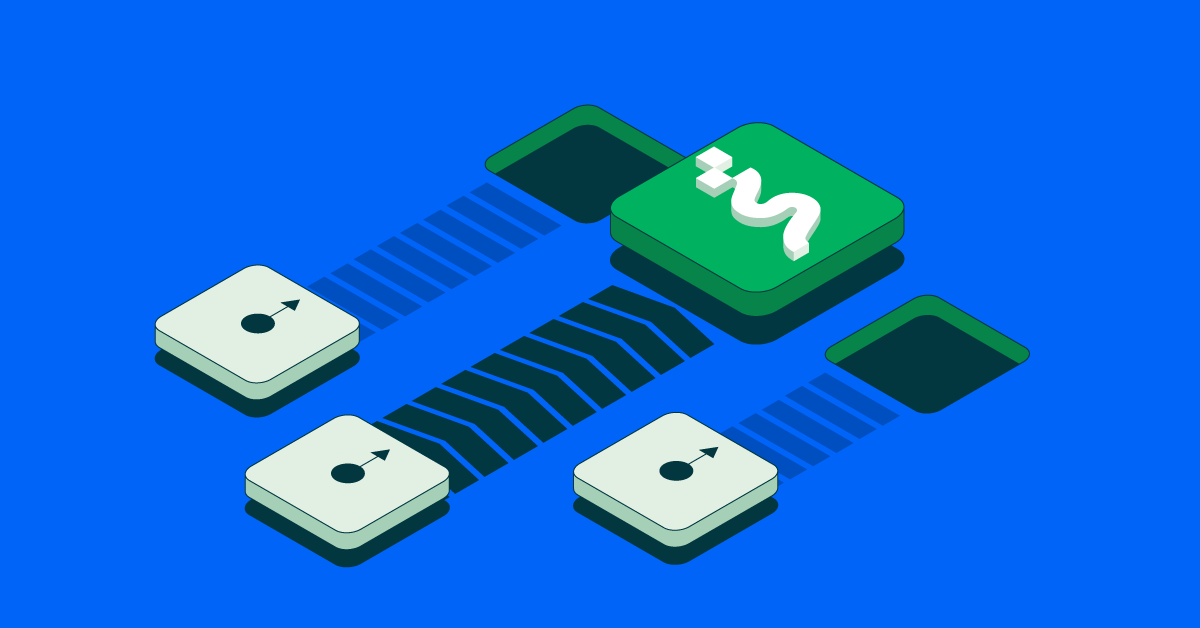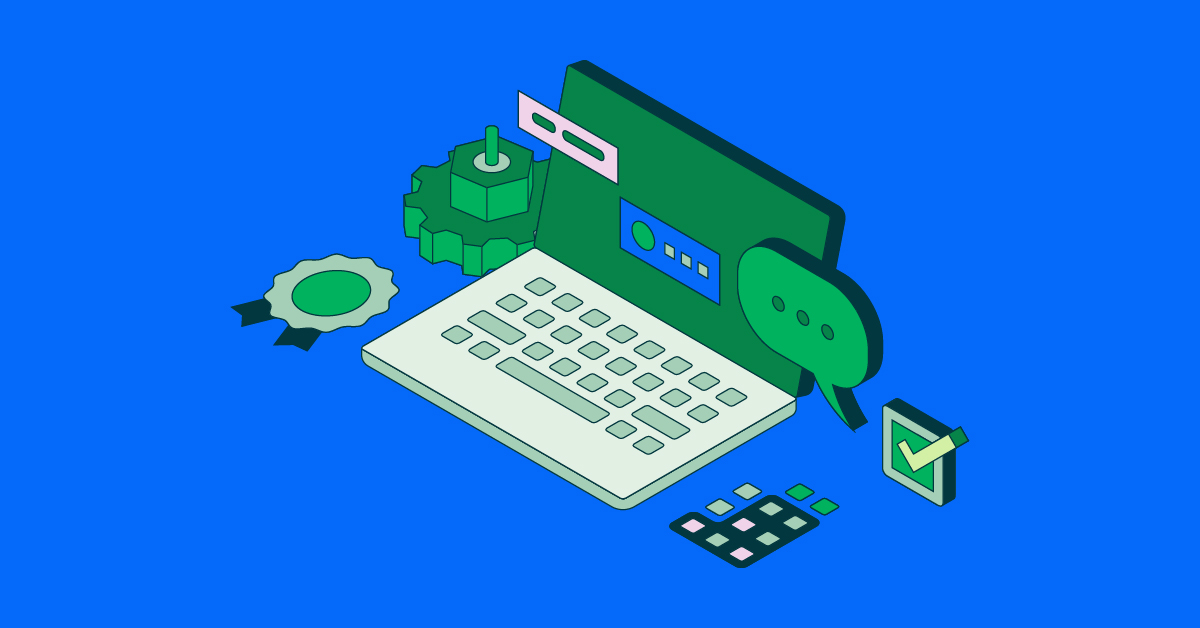- Okt. 29, 2025
- --
Composable DXP vs monolithic DXP: The real total cost of ownership
Magnolia in Aktion
Unser Expertenteam zeigt Ihnen live, was Magnolia für Sie leisten kann.
Jetzt Demo buchenYour annual CMS or DXP license fee is just the tip of the iceberg. What are the hidden costs of your monolithic platform in terms of mandatory upgrades, specialized staff, and missed opportunities? While the perceived safety of an all-in-one suite is tempting, many business leaders are discovering that the true total cost of ownership (TCO) tells a different story. The debate between a best of breed vs best of suite approach is no longer just a technical discussion; it's a critical financial one.
This guide will break down the true TCO of monolithic platforms, using real-world insights from Magnolia implementation partners to build the business case for migrating to a more cost-effective composable system. For a comprehensive look at the entire migration process, see our Expert guide to legacy CMS migration.
The financial drain: Uncovering the hidden costs of monolithic systems
When evaluating a digital experience platform, the initial license fee is only one part of a much larger financial equation. Monolithic DXPs like Adobe Experience Manager (AEM) and Sitecore often come with significant, and frequently unbudgeted, costs that emerge over the platform's lifecycle.
The cost-value disconnect: Are you using what you pay for?
Organizations often pay for unused features in monolithic platforms, with Alec Bennett from TBSCG noting that "all of the old monoliths' cost is a huge incentive" for clients to seek alternatives. Jon Weller adds that clients recognize they use only a "very small percentage of the product, perhaps "20-30%," even within specific modules, leading to a significant gap between high cost and actual feature adoption. This cost-value disconnect is a primary driver for seeking other solutions.
Beyond the license fee: Upgrades and maintenance
As one partner, Jeremy Summers of Crescendo Collective, bluntly states, "The long-term cost of maintaining monolithic DXPs and building on them is extremely high." A major contributor to this cost is the vendor-enforced upgrade cycle. Unlike modern, composable systems that can be updated incrementally, monolithic upgrades are massive, high-stakes projects, and, according to Bindya Raj from Infosys, “the older the monolithic CMSs are, the more frequent these fixes become.”
Jake Tracey of Noice recalls a client experience where a seemingly routine upgrade from AEM 6.1 to 6.3 "required rewriting every dialogue... a massive hidden cost for clients." These forced rebuilds essentially lock you into a cycle of reinvestment just to maintain the status quo.
The high cost of a specialized workforce
Monolithic platforms are built on proprietary, often outdated, technology that requires a niche skillset. This specialization makes it incredibly difficult and expensive to find and retain qualified developers.
"Fielding a development team in something like a monolith is quite difficult because it is a highly specialized field," says Jake Tracey. This scarcity drives up salaries and recruitment costs, a significant factor in the platform's overall TCO. For a technical breakdown of this challenge, see our article, Why developers are seeking monolith alternatives: A technical comparison.
The cost of inaction: When your platform constrains growth
Perhaps the most significant, yet hardest to quantify, cost is the opportunity cost. When your technology is too rigid to adapt, the business suffers. Jeremy Summers describes a common scenario where marketing teams are "handcuffed" by their platform's limitations, ultimately "constraining the business from growing."
A new set of CMS selection criteria: From features to financials
To make a financially sound decision, your CMS selection criteria must evolve. The focus should shift from a simple feature checklist to a comprehensive analysis of long-term TCO and business agility, which starts with avoiding vendor lock-in.
Avoiding vendor lock-in
A key consideration when choosing a new platform is its openness. Proprietary systems create a dependency that can be financially crippling over time. Riste Drangovski of Codeit Solution advises that prospects should always ask, "how open the new system will be so they don't get locked" in with a single vendor.
Aligning investment with your core pain points
A successful migration hinges on a clear understanding of the problems you need to solve. Summers emphasizes the importance of having a "clear list of things that are your pain points or success metrics" with moving to a new CMS, as this clarity can improve the return on investment (ROI).
The solution: How a composable DXP reduces your total cost of ownership
A composable DXP like Magnolia offers a fundamentally more cost-effective model by tackling the primary drivers of monolithic TCO: licensing, infrastructure, and staffing.
Reducing licensing and infrastructure overhead
The most direct saving comes from a more favorable licensing model and a more efficient architecture.
Lower license fees: According to Raphael Gomez of Crescendo Collective, clients’ procurement teams report a “significant difference in costs with Magnolia, being considerably less expensive than monolithic systems, often half the cost.”
Efficient architecture: “Magnolia’s model architecture supports hybrid deployments, reducing the infrastructure overhead.” according to Bindya Raj of Infosys. Raj adds that, with Magnolia’s composable approach, “You can selectively adopt the needed modules, like DAM, analytics, or CMS. So this avoids paying for bundle features that go unused in monolithic suites.”
Lowering development and staffing costs
Magnolia's modern, open architecture reduces the need for expensive, specialized developers. "The developer onboarding for Magnolia, especially with the command-line interface (CLI) is far superior. "Developers that we've onboarded at Noice have picked it up in less than a week and been productive pretty much immediately," says Jake Tracey from Noice. Additionally, "monolithic CMS platforms require niche experts who are more costly to find and retain, directly increasing overall project costs," says Summers. This accessibility broadens your talent pool and lowers overall development costs.
The success story: Measuring the ROI of your migration
The financial benefits of migrating to Magnolia are not just theoretical; they are proven and measurable, delivering a strong return on investment through faster project timelines and tangible business growth.
Case study: Faster timelines, lower project costs
Automation is key to a cost-effective migration. Marvin Kerkhoff shared a case where a migration project, estimated to take "half a year to do it manually," was completed in just "two months" using an automated script. This dramatic reduction in time and manual effort translates directly to significant project cost savings.
AI revolutionizes migration by automating complex tasks, drastically cutting time and cost. Alec Bennett calls it a "game changer," exemplified by a 3,000-page migration where AI generated SEO code and pixel-perfect comparisons, a task that would have otherwise required months of human effort. This signifies AI's role in enabling faster, more efficient, and accurate complex migrations, ultimately reducing costs and ensuring consistency.
Case study: Increased productivity and measurable growth
The financial benefits continue long after migration. One client's marketing team from a Crescendo Collective project was able to create and deploy pages "5 to maybe 10 times faster" on Magnolia, a massive boost in productivity detailed further in our article, From handcuffed to empowered: How an agile CMS unlocks marketing velocity. In another case, a Noice customer who consolidated four websites into one Magnolia instance saw their SEO rankings go "through the roof," delivering direct, measurable business growth.
Conclusion: A smarter investment for long-term growth
Choosing a composable DXP like Magnolia is more than a technology upgrade; it's a strategic financial decision. By escaping the cycle of high license fees, hidden upgrade costs, and expensive specialized talent, you lower your total cost of ownership, reduce risk, and unlock the business agility needed for long-term, sustainable growth.
Want to dive deeper into a direct comparison? See our detailed breakdown of Magnolia vs. Adobe Experience Manager to understand which platform truly aligns with your business needs and financial goals.
Ready to take the next step?
Book a free consultation with our team of experts.










